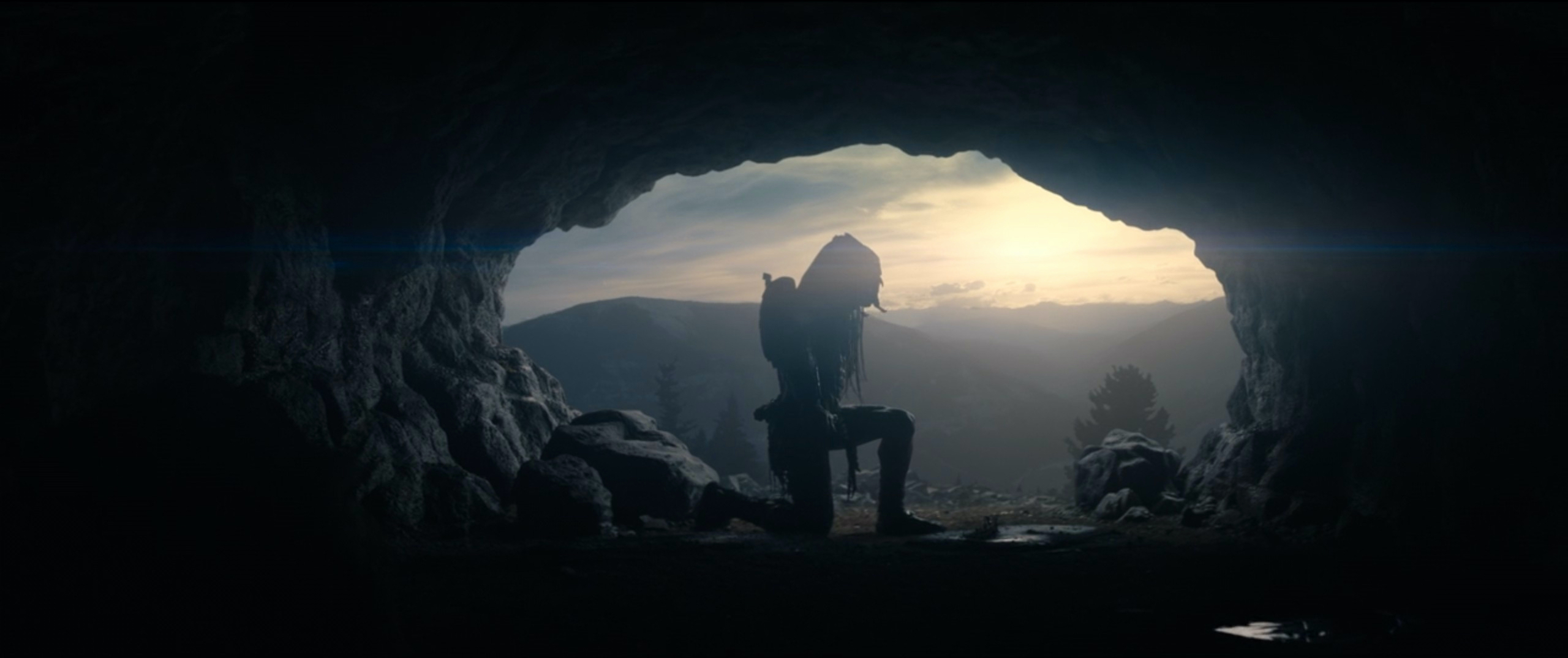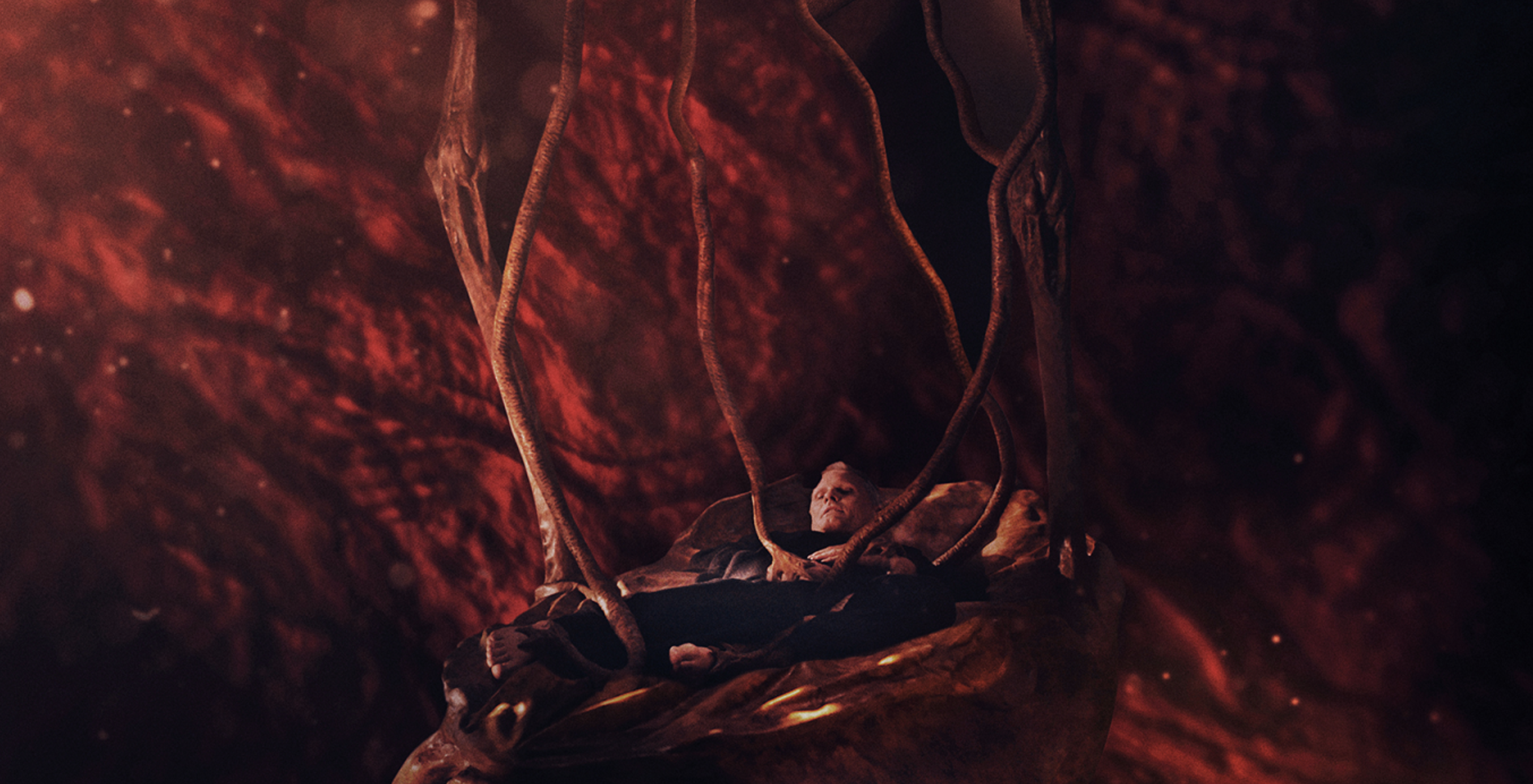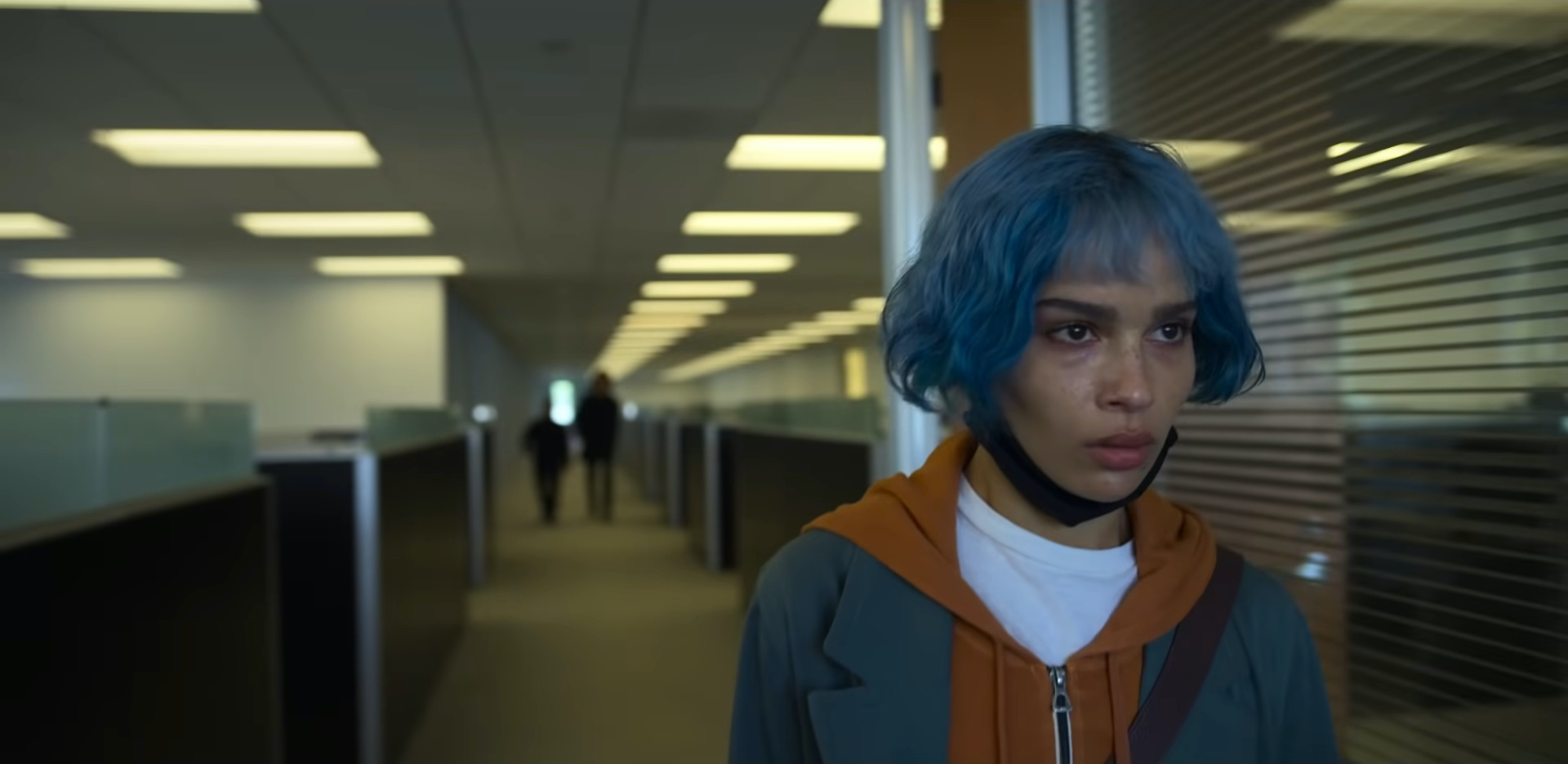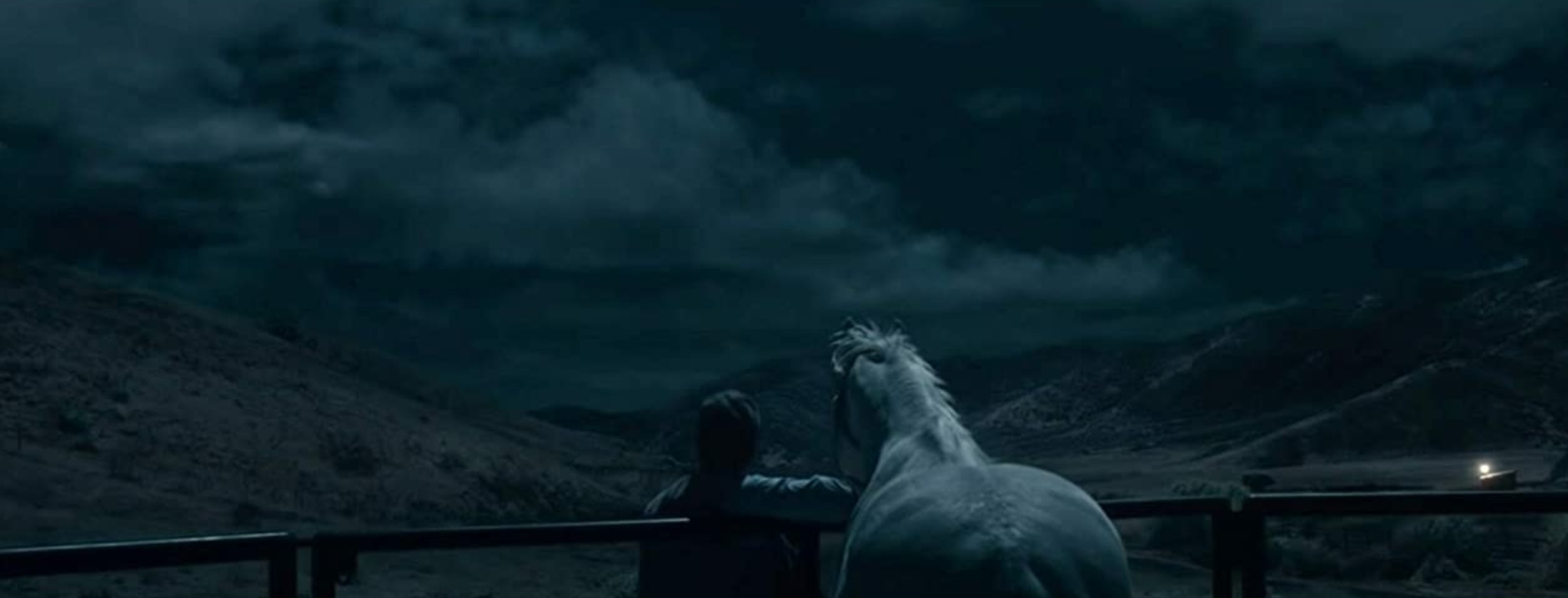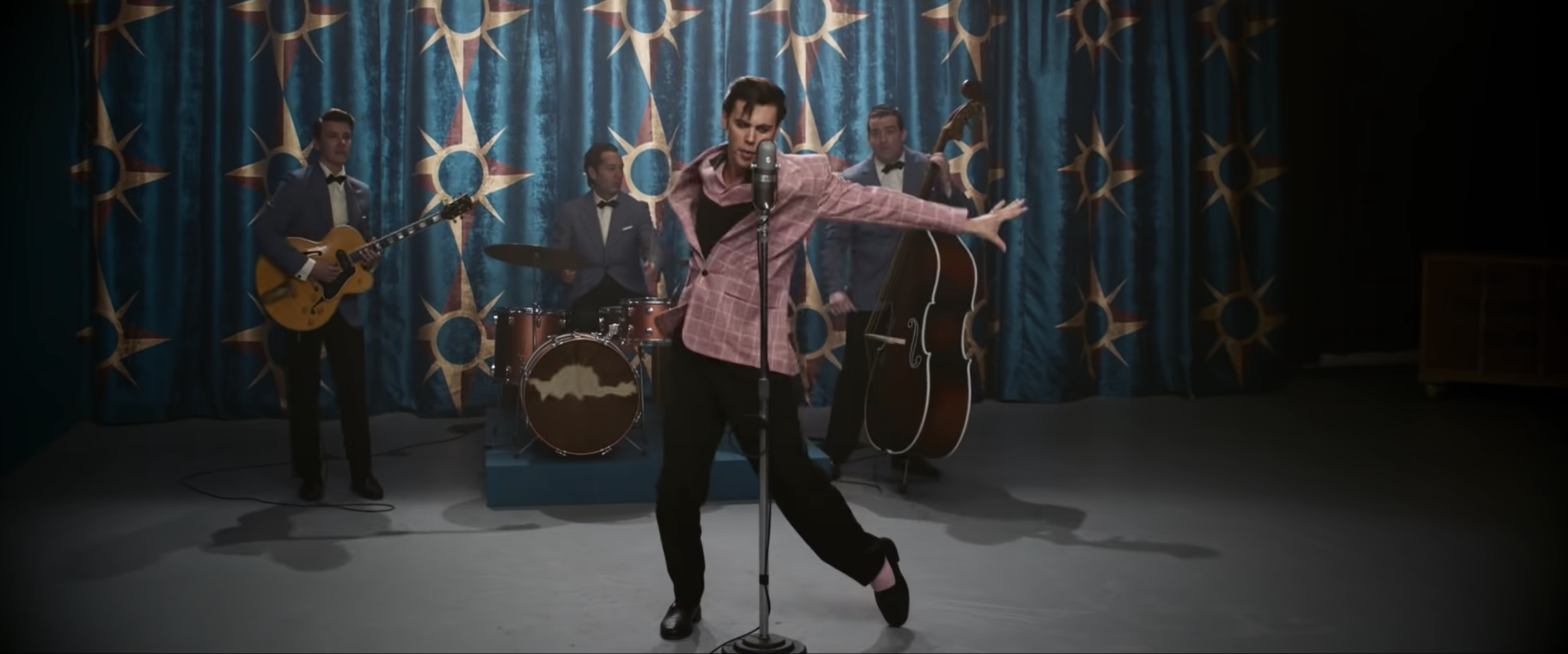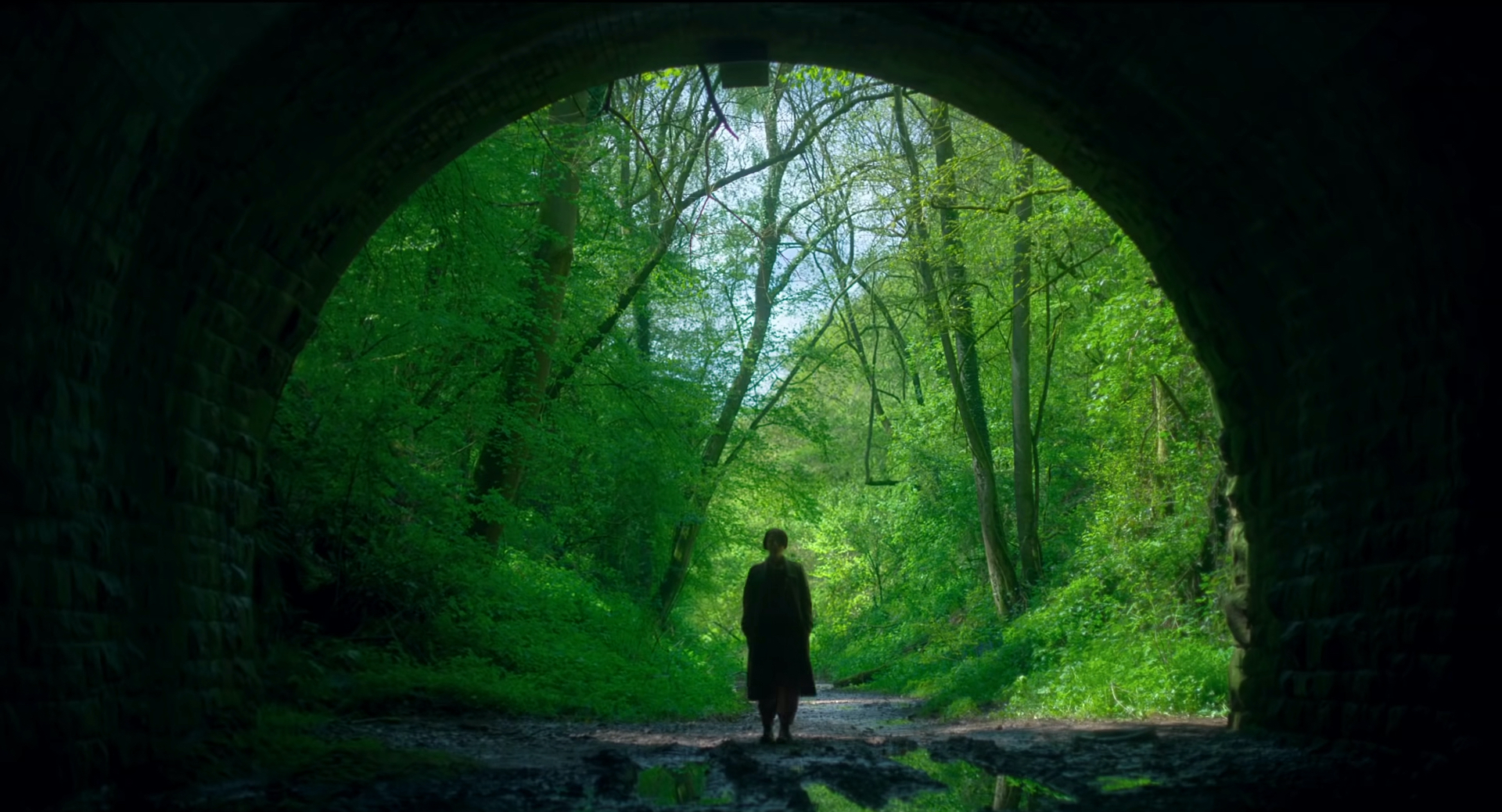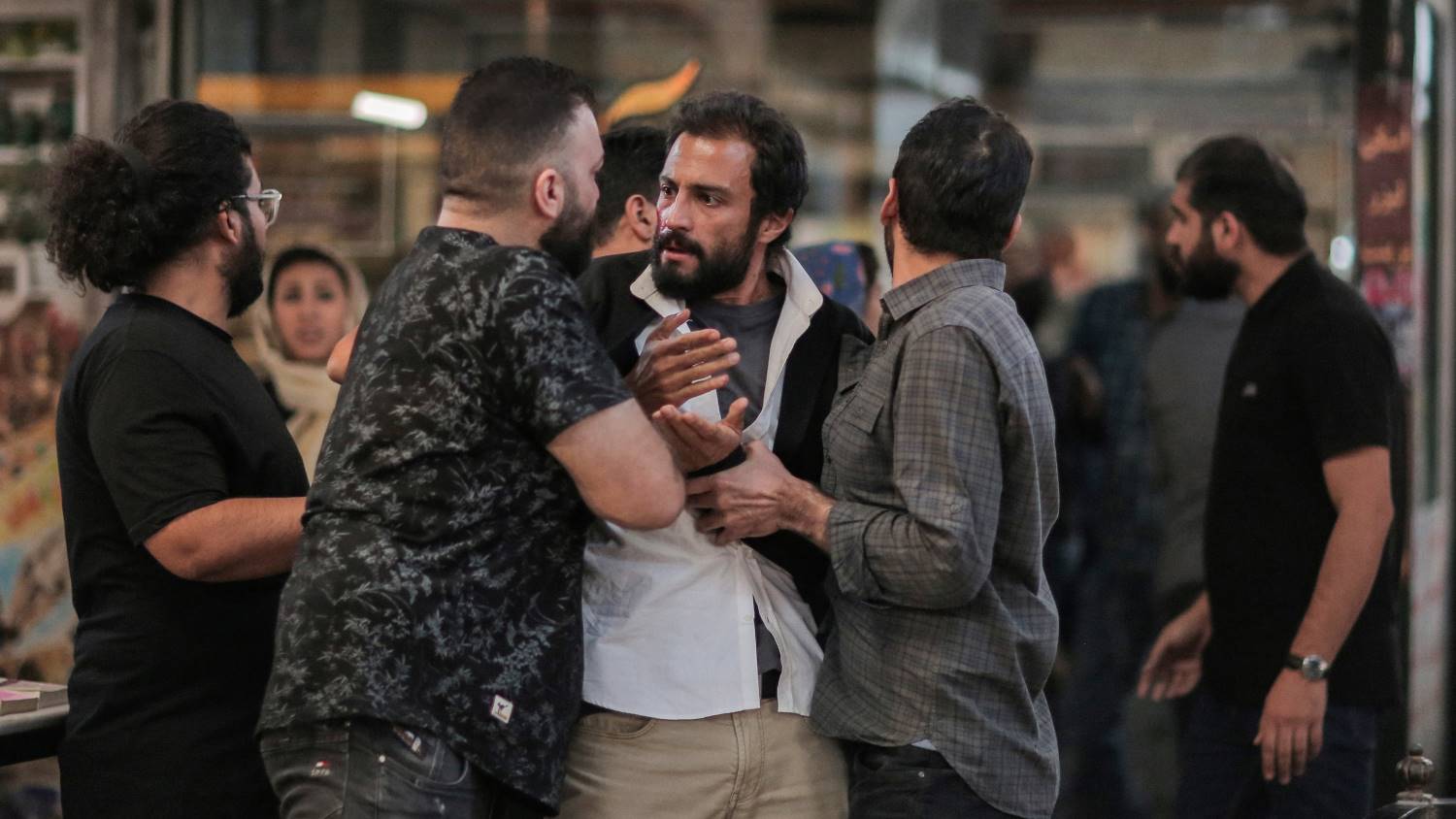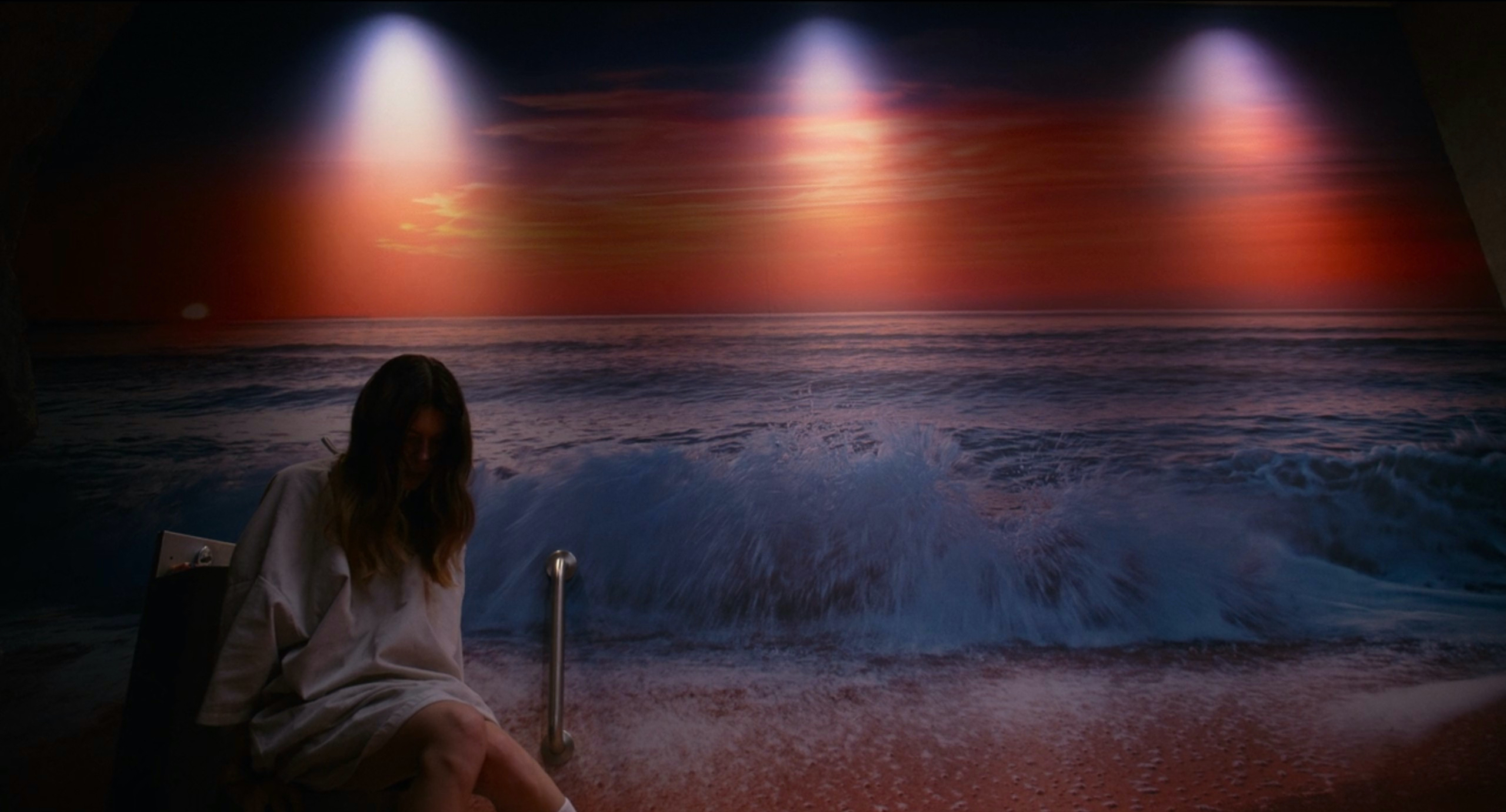Prey (2022)
There is no need to complicate the simple concept of an extra-terrestrial hunting humans for sport, as Dan Trachtenberg smartly chooses to build Prey on the primal relationship between a hunter and its quarry, offering an assorted blend of genres that creatively brings the Predator franchise’s sci-fi conventions to one Comanche village and its scenic surrounding territory in the 18th century.

